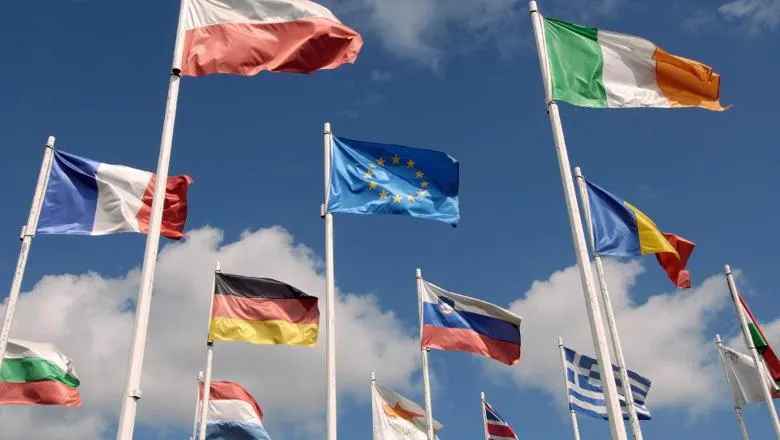To this end, in 2011 the EC adopted a Green Paper on “The dual-use export controls systems of the European Union: ensuring security and competitiveness in a changing world”, launching a broad public consultation on the implementation of export controls under the Regulation. The report on the public consultation, adopted in January 2013, identified the main issues raised by stakeholders as regards the strengths and weaknesses of the EU export control system, its impact on both security and trade and their views concerning possible improvements and evolutions towards a more integrated EU export control regime.
Consolidating these initiatives, in April 2014 the European Commission put forward a Communication setting out concrete policy options for the modernisation of EU export controls. Aimed at promoting convergence towards global and effective controls for supply chains, as well as ensuring that the Union’s export control regime is not distorted through “asymmetric implementation” by Member States, the Communication identifies as key priorities of the export control review:
– Adjusting to the evolving security environment by shifting towards a “human security” approach and extending controls to cyber technologies, which are currently only partly covered by existing regulations (e.g. on cryptography);
– Promoting a global level playing field by extending EU General Export Authorisations and a harmonisation of licensing parameters;
– Fostering an effective and competitive EU export control regime;
– Supporting a consistent strategy of implementation and enforcement of export controls through the development of an integrated EU export control network building on EU-wide training and capacity building.
In parallel to this, a detailed roadmap “towards a more competitive and efficient defence and security sector” was also provided, countering successive cuts in defence budgets (from 2001 to 2010 EU defence spending declined from €251 billion to €194 billion) and Europe’s highly fragmented defence markets (in 2013, more than 80% of investment in defence equipment was being spent nationally), which were seen to undermine the Union’s general defence capabilities, as well as its ability to maintain a competitive defence industry and its capacity to effectively respond to new 21st century security challenges. This roadmap is set to be finalised for review by the European Council in June 2015.
In April 2015, the EC announced that a data collection project would be launched in support of the Impact Assessment of its export control policy review, as proposed in the Communication outlined above. In order to assess the costs and benefits associated with the various options, notably as regards potential regulatory simplification and burden reduction, the Commission has contracted a Consultant – the Stockholm International Peace Research Institute (SIPRI) and ECORYS. The inception phase, which lays the foundation for the data collection project, was completed in February 2015; with the project now entering implementation phase.
The Commission has invited the Council and the European Parliament to consider this approach before taking concrete initiatives for action.

